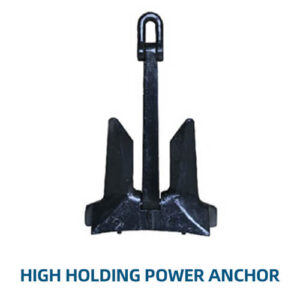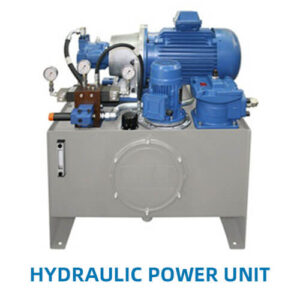Key Features of Roller Chain Stoppers:
- Design and Construction:
- Roller Mechanism: Features a series of rollers or wheels that interact with the chain to facilitate smooth movement and secure positioning. The rollers help reduce friction and wear on both the chain and the stopper.
- Stopper Mechanism: Includes a mechanism to lock or stop the chain in place when needed. This mechanism ensures that the chain does not move or slip when the vessel is at anchor or moored.
- Material: Constructed from durable materials such as stainless steel, cast iron, or high-strength alloys. These materials are selected for their strength, corrosion resistance, and ability to withstand harsh marine conditions.
- Mounting: Typically mounted on the deck of a ship or marine structure. The base is designed for secure attachment, often bolted or welded in place.
- Types:
- Manual Roller Chain Stopper: Operated manually, requiring the operator to engage or disengage the stopper by hand. This type is suitable for applications where automated control is not necessary.
- Automatic Roller Chain Stopper: Includes an automated mechanism that engages or disengages the stopper based on pre-set conditions or commands. This type provides convenience and efficiency, particularly in high-traffic or automated systems.
- Applications:
- Anchor Chain Management: Used to secure the anchor chain when the vessel is at anchor. The roller mechanism allows the chain to move smoothly, while the stopper mechanism holds it in place.
- Mooring Operations: Employed during mooring operations to manage the movement and positioning of the chain. It helps prevent unwanted movement and ensures secure mooring.
- Marine and Offshore Platforms: Used on floating platforms, oil rigs, and other offshore structures to manage and secure heavy chains associated with anchoring or mooring systems.
- Performance and Benefits:
- Smooth Operation: The roller mechanism reduces friction and wear, allowing for smooth movement of the chain and extending the lifespan of both the chain and the stopper.
- Secure Holding: The stopper mechanism effectively locks the chain in place, providing stability and security during anchoring or mooring operations.
- Durability: Built from robust materials designed to withstand harsh marine environments, including saltwater, UV rays, and physical abrasion.
- Maintenance and Care:
- Inspection: Regularly inspect the roller chain stopper for signs of wear, corrosion, or damage. Check the rollers and stopper mechanism for proper operation and alignment.
- Cleaning: Clean the stopper to remove marine growth, debris, and contaminants. Use appropriate cleaning agents and techniques to avoid damaging the material.
- Lubrication: Ensure that the rollers and moving parts are properly lubricated to maintain smooth operation and prevent seizing or binding.
- Safety Considerations:
- Load Capacity: Ensure the roller chain stopper is rated for the specific loads and sizes of chains it will handle. Overloading can cause damage or failure.
- Proper Installation: Ensure the stopper is securely mounted and aligned to provide effective guidance and holding for the chain.
- Chain Management: Use appropriate chain sizes and types for the stopper to ensure proper fit and performance. Avoid overloading individual components.
Advantages of Roller Chain Stoppers:
- Efficient Chain Management: Facilitates smooth movement and secure holding of the chain, enhancing operational efficiency and safety.
- Reduced Wear: The roller mechanism reduces friction and wear on both the chain and the stopper, extending their lifespan.
- Durability: Constructed from high-quality materials to handle heavy loads and withstand challenging marine conditions.
Considerations for Roller Chain Stoppers:
- Selection: Choose the appropriate size, type, and load rating based on the specific requirements of the chain and the application.
- Maintenance: Regularly inspect and maintain the stopper, including lubricating moving parts, to ensure continued functionality and safety.
- Compliance: Follow relevant industry standards and regulations for the design, installation, and maintenance of roller chain stoppers to ensure safety and performance.
Roller chain stoppers are essential for managing and securing anchor and mooring chains in marine environments. Their design ensures smooth operation, secure holding, and durability, making them valuable components for anchoring and mooring systems.






